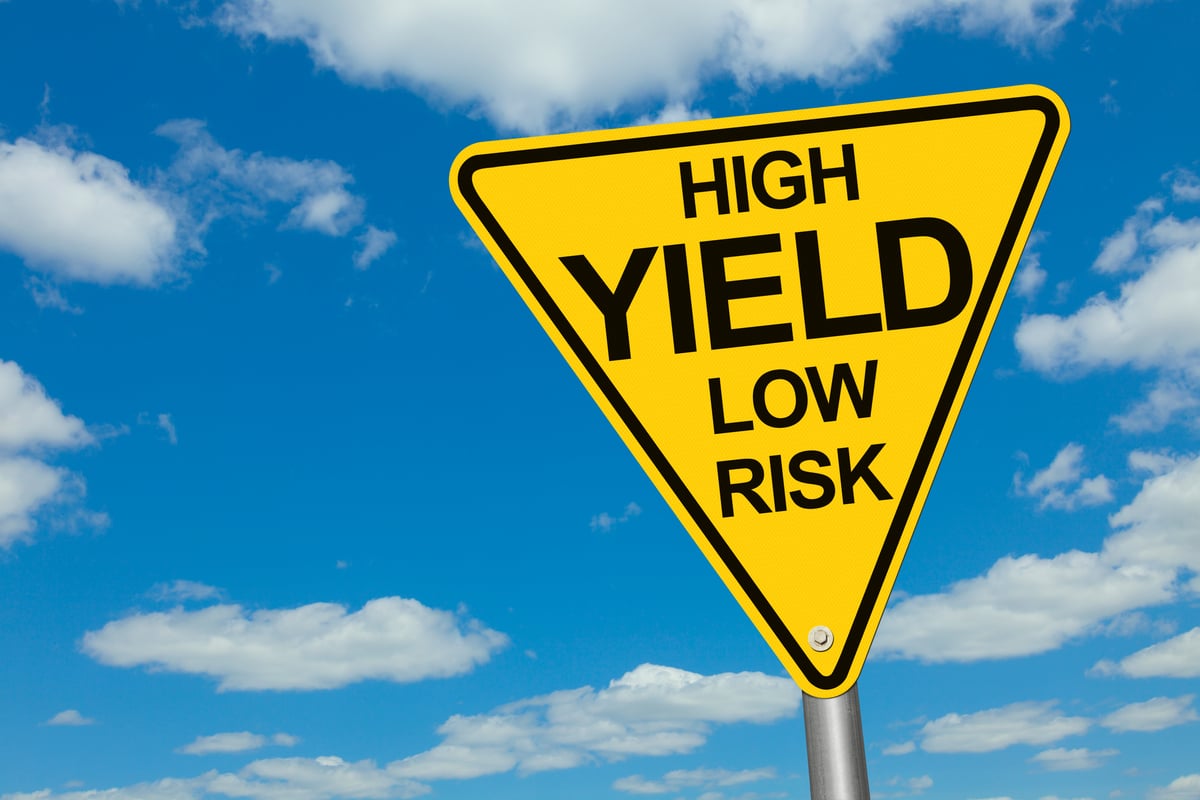Before reporting third-quarter earnings, Coca-Cola (KO +0.34%) stock was having its best calendar year performance in a decade. But shares of the beverage behemoth slipped 3.6% between Oct. 23 and Oct. 25 as investors digested its quarterly print.
With a 2.9% dividend yield and 62 consecutive years of increasing its annual payout, Coca-Cola has long been viewed as one of the most reliable dividend stocks on the market. And while Coke's dividend is as solid as ever, the company continues to face a nagging problem that is holding it back from breakout growth.
Here's what Coke investors should be paying attention to now -- and whether the dividend stock is worth buying.

Image source: Getty Images.
Decent results
Coca-Cola's headline figures were good, at least from an adjusted perspective. Organic sales grew 9%, and adjusted comparable earnings per share (EPS) increased 5%.
Management updated its full-year guidance, calling for a 10% increase in adjusted revenue and a 5% increase in adjusted EPS compared to $2.69 last year. That would mean $2.82 in 2024 EPS. Based on the share price of $68.01, that would equate to a price-to-earnings ratio (P/E) of 24.1 -- which is reasonable for a high-quality blue chip dividend stock.
The updated guidance was close to what it forecast last quarter, which was a 9% to 10% increase in revenue and a 5% to 6% increase in adjusted EPS. Overall, the results were good but could have been much better if it weren't for a nagging issue.
Coke's glaring problem
Coca-Cola is a global company with several beverage brands spanning virtually every nonalcoholic category. But at its core, the company grows EPS in three simple ways: by selling more products; by selling products at higher prices; and by repurchasing stock, which reduces the number of shares outstanding and thus increases EPS.
It's a balancing act among these three profitability levers. Cutting prices by too much can increase sales but lower profit margins. Too many price increases can hurt demand even if margins are higher. And a bad blend of both can hurt the overall business, which can limit the ability to use excess profits to raise dividends and buy back stock.
Over the last few years, Coke has faced a whirlwind of challenges. The pandemic crushed sales as folks pulled back on discretionary spending on experiences. In one regard, it is a recession-resistant business because people are more likely to cut discretionary purchases than grocery budgets.
But the beverage maker also benefits from partnerships with venues that rely on discretionary spending, like sports arenas, concert halls, and restaurants -- many of which sell its products. And those sales ground to a halt during the pandemic.
Even after Coke began recovering from the pandemic, it had to confront a slew of supply chain challenges and inflation, which raised labor and materials costs and curbed consumers' spending.
Overall, the company has done an excellent job handling inflation by demonstrating exceptional pricing power, especially compared to peers like PepsiCo. But sales volume has been concerning.

NYSE: KO
Key Data Points
Before Coca-Cola reported earnings, I thought the most significant metric to look for was global unit case volume -- which grew by just 2% in the first half of 2024. But in the third quarter, unit case volume declined by 1%. It's not a drastic letdown, but it is a sign of a problem getting worse as consumers tighten spending.
As mentioned, the company can still grow overall sales and profits even if sells fewer products, but price increases have their limits -- especially if competitors begin slowing price increases or even cut prices to boost sales.
From a volume perspective, Coke said July was a bad month and that sales volume improved in August and September. It experienced volume growth in some regions and declines in others, and it is shifting its strategy based on regional needs.
North American volume was flat; Europe, Japan, and Australia had higher volume, and emerging markets had lower volume. For example, Coke blamed a worse-than-expected monsoon season for weak sales volume in India, which is a big growth driver for the company in the long term.
In sum, the volume decline is concerning, but it is encouraging to see management dive into each region and take a flexible approach to marketing and pricing on a case-by-case basis.
Coca-Cola remains a solid buy
With 62 consecutive years of payout increases, Coca-Cola is a Dividend King that is arguably one of the safest dividend stocks on the market. Even with volume declines, it is booking plenty of profit to support dividend raises. So investors should continue to expect another meaningful raise from the company next February.
With a 2.8% yield and an impeccable track record of dividend support, Coke is an ultra-safe income stock for risk-averse investors.
Normally, volume declines following quarter after quarter of already weak volume growth would be cause for concern. But with Coke, that concern is muted because the company does such a good job of positioning each of its beverage brands in regions where they can thrive.
Coca-Cola didn't produce a great quarter, so the stock's sell-off is understandable. However, for long-term investors, it remains a reliable dividend stock with a bright future because the company is doing what it can to fix its greatest weakness.





